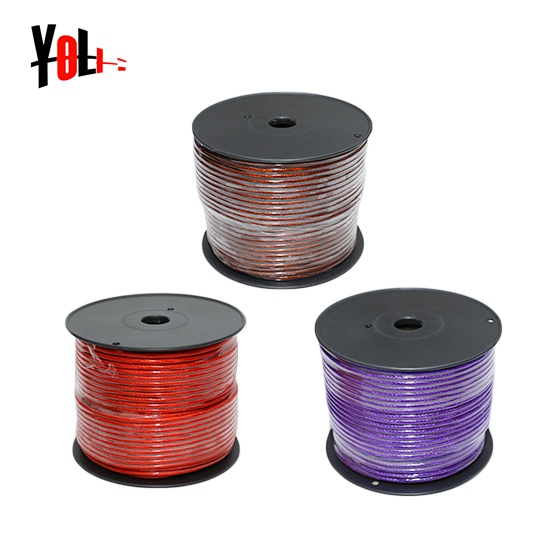
The outer sheath structure of cable and wire is mainly to protect the cable core from external influence and mechanical damage. The following types are commonly used:
1. Fiber woven layer: This kind of protective layer structure is simple, soft and thin. As long as the maintenance effect is simple, it is generally used on wires. If necessary, a layer of preservative is applied to the woven layer.
2. Rubber or PVC sheath: The rubber sheath has outstanding softness, elasticity, abrasion resistance and cold resistance, etc.; PVC sheath has the characteristics of oil resistance, acid resistance, alkali resistance and chemical corrosion resistance; these two kinds of sheaths The material has high usage and applicability, and it is widely used as wire and cable sheath.
3. Armoring layer: Cables used for trench or direct burial laying often encounter large mechanical external forces. Generally rubber and PVC sheaths are difficult to accept. In this case, a metal armor layer is required. Steel wire or steel belt strengthens the cable so as to be able to accept large mechanical external forces.
4. Outer sheath: In order to avoid corrosion of the armor layer, some cables also need to add a maintenance layer outside the armor layer, such as a bituminous hemp layer or a polyvinyl chloride sheath layer.